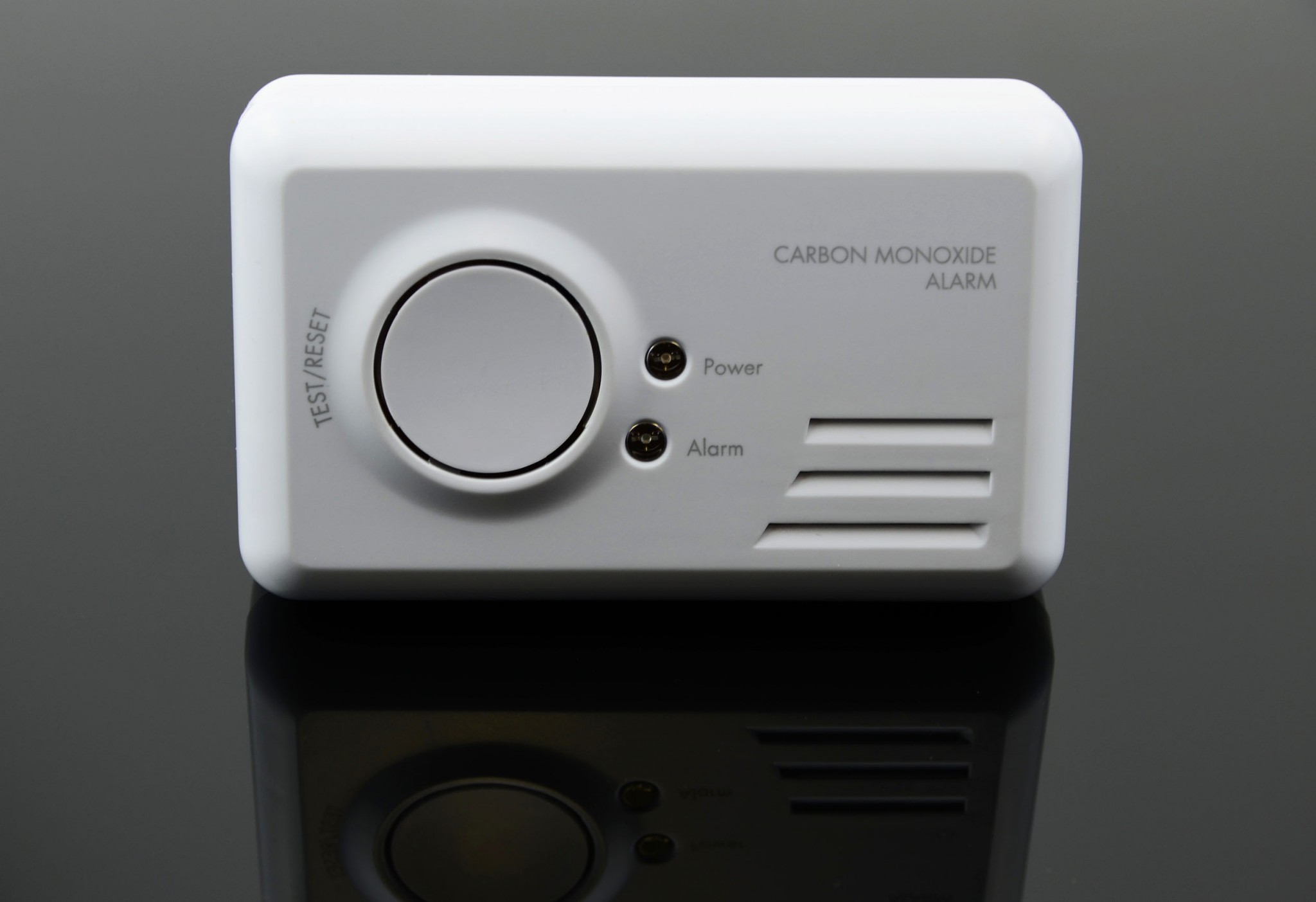With some of the coldest weather of the season hitting the Northeast this weekend, we want to remind you of one of winter’s biggest safety concerns, carbon monoxide poisoning. Commonly known as, “the invisible killer,” carbon monoxide is a colorless, tasteless, and odorless gas that according to the Centers for Disease Control and Prevention, is the leading cause of unintentional poisoning deaths in the United States. Carbon monoxide poisoning results in an estimated 15,000 emergency room visits and 500 accidental deaths annually.
Dangerous levels of the poisonous gas have the potential to build up anywhere that there are fuel burning appliances, especially in confined spaces, and a carbon monoxide detector is the only safe way to know if there are toxic levels of the gas in the air. When you consider how common the danger is, it is troubling to learn that little has been done to prevent these accidental poisonings. According to the National Conference of State Legislatures, as of 2015 only four states, California, Connecticut, Maine and Maryland, require carbon monoxide detectors to be present in schools and only 12 states require them to be installed in hotel and motel rooms.
It is equally, if not more, important, however, to have carbon monoxide detectors in your home, ideally there should be at least one on every level. As we head into the weekend, take a minute to make sure that they are working properly and do not require new batteries. Since the most common cases of carbon monoxide poisoning come from attempts to keep warm, some important things to remember are:
- Never idle or warm up your car in a garage
- Portable generators should be installed outside, or in a properly vented enclosure, never inside the house!
- Chimneys should be inspected every heating season for ash and creosote buildup, flue operation, and debris, such as bird nests built in the warmer months.
- Dryers, and furnaces have vent pipes that can be easily blocked by snow build-up, make sure to check these during, and after any significant snowfall.
- Fuel burning space heaters should never be used in unvented areas or left on while sleeping.
- Never use an oven to heat your house, as this is also a significant fire hazard!
It is especially important to remain aware of potential sources of carbon monoxide, as poisoning symptoms can easily be mistaken for the flu, and include; headaches, nausea, dizziness, tiredness, shortness of breath, and eventually loss of consciousness. If poisoning is ever suspected, it is critical to quickly remove yourself and others from danger and seek medical attention.
As a final thought, the Centers for Disease Control and Prevention also reports that the elderly make up disproportionate number of carbon monoxide poisoning deaths each year, so please consider also checking in on an elderly relative or neighbor. You could save a life!
Additional carbon monoxide poisoning prevention information from the National Fire Protection Agency can be found here.
Additional carbon monoxide poisoning information and statistics from the Centers for Disease Control and Prevention can be found here.



Leave A Comment